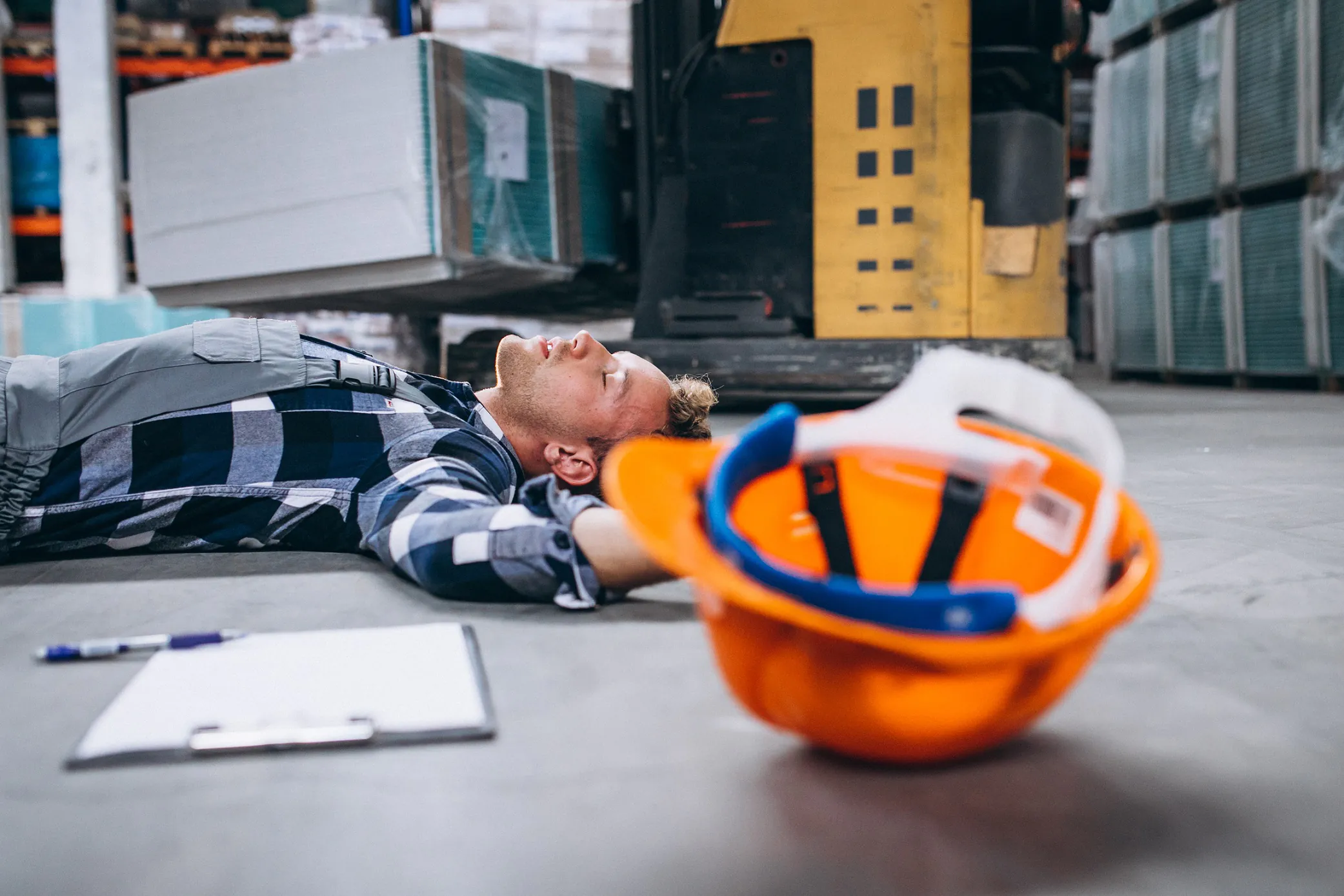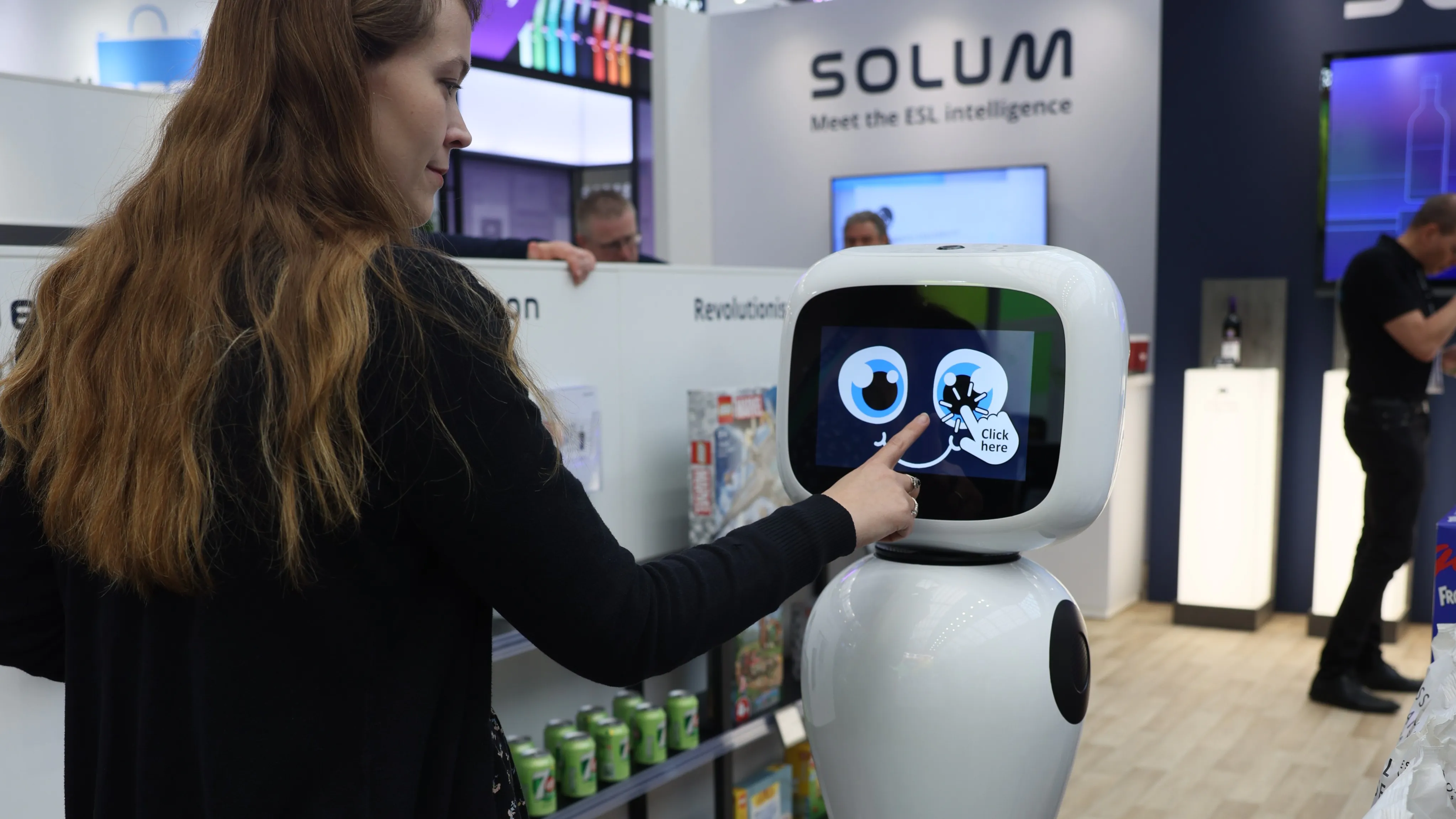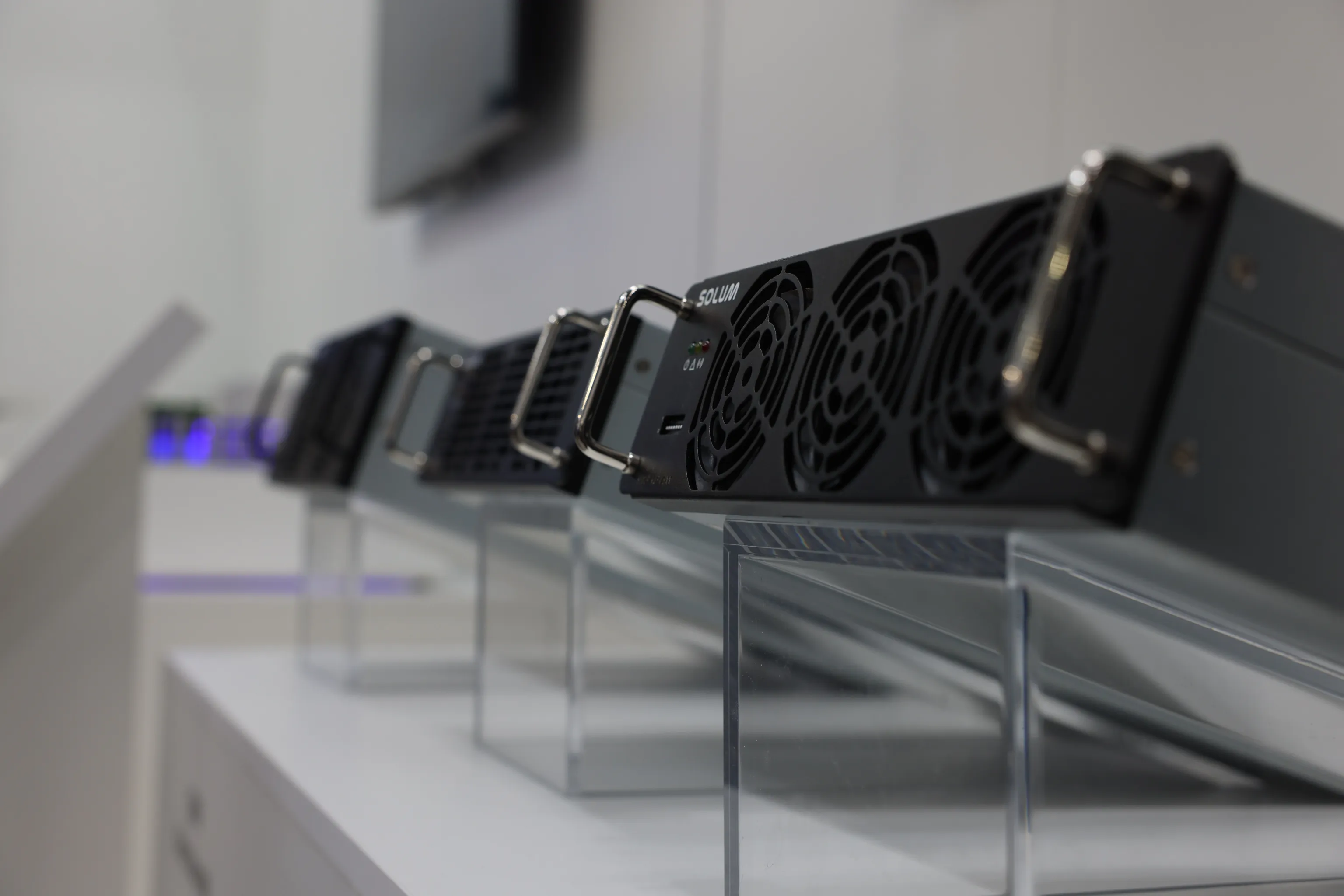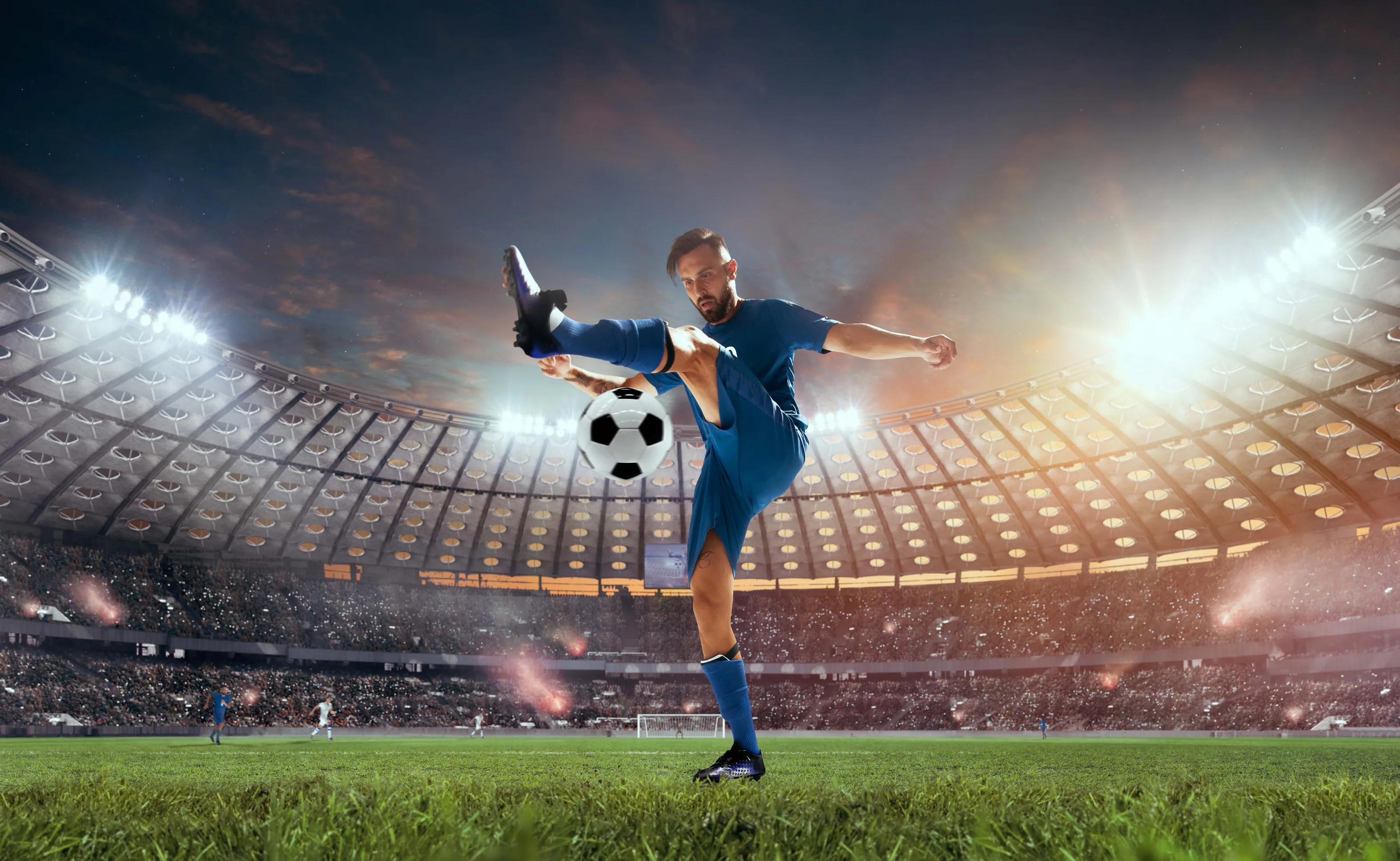Did you know that according to the National Safety Council in America, 44,686 people died due to falls at home and at work in 2021? It has also been reported that more than 6.9 million people ended up in hospital emergency room visits due to fall-related accidents that year. Some of the consequences include fractures, long-lasting health complications, and death. Slip-and-fall accidents can occur anywhere, making them a common and dangerous incident. This is where a fall detection sensor comes in. If fallen individuals cannot immediately call for help, a fall detection device can save their lives.
What are fall detection sensors?
Fall detection sensors are devices specifically designed for detecting slips and falls among individuals who may need additional assistance. These technological devices are particularly useful for elderly individuals who have weaker joints and limbs, or other individuals prone to falls due to certain medical conditions. Of course, a fall detection sensor can also be used by all individuals, as slips and falls can occur anywhere and anytime.
Most fall detection technologies are also usually part of medical alert systems, helping people with various health conditions, especially those who live alone. Smart home monitoring systems can also be embedded with fall detection sensors to provide timely assistance in the event of a terrible fall. This reduces the risk of injury or complications, especially for vulnerable individuals living alone in their place.
Fall detection sensors typically utilize a triaxial accelerometer to measure speed, distance, and direction. However, some devices might also use various technologies to detect the sudden change in movement or orientation associated with a fall. Some common types of technologies associated with fall detection sensors are:
- Accelerometers: These sensors measure acceleration forces and can detect sudden changes in movement or impacts.
- Pressure sensors: Pressure sensors can be placed on the floor or on furniture surfaces to detect when an individual falls by sensing changes in pressure caused by the impact.
- Gyroscopes: Gyroscopes measure orientation and angular velocity. When paired with accelerometers, they can provide more accurate data about the direction and force of a fall.
- Infrared (IR) sensors: IR sensors, on the other hand, can detect changes in infrared radiation caused by a person falling within their field of view.
- Camera-based systems: These systems use cameras and computer vision algorithms to detect falls based on the visual cues they receive.
- Wearable technology: Wearable devices such as smartwatches or pendants might also be equipped with accelerometers, gyroscopes, and other sensors that can detect falls and send emergency alerts.
How do fall detection sensors work?
Fall detection sensors work by monitoring changes in the environment. This includes physical moment, orientation, pressure, and other relevant parameters to identify when a person has fallen or changed their body position dramatically.
Here is a general overview of how a fall detection sensor usually works:
- Sensor placement: First comes the sensor placement. Fall detection sensors can be placed in various locations, depending on the technology used or the device. They may be installed on wearable devices like smartwatches or pendants, embedded in furniture or flooring, integrated into the environment through cameras or infrared sensors, and more.
- Data collection: Once placed, the sensors will continuously collect data relevant to detecting falls. This data may include acceleration, orientation, pressure, infrared radiation, or visual information. It may depend on the type of sensor.
- Signal processing: The collected data is then processed by algorithms designed to recognize patterns or changes associated with falls. For example, sudden changes in acceleration or orientation, impact forces exceeding a certain threshold, or changes in pressure indicative of a body falling to the ground.
- Fall detection algorithms: Fall detection algorithms analyze the processed data to differentiate between normal activities and potential falls or accidents. These algorithms are typically trained using data sets that include examples of falls as well as various activities of daily living to improve their accuracy.
- Triggering Alerts: When the algorithm detects a potential fall, it triggers an alert to notify caregivers and family members. If the fall detection device is connected to a professional monitoring center or emergency services, it will also be able to send alerts to the proper responders or healthcare professionals. This alert may be sent via a smartphone app, a dedicated home monitoring system, or directly to a call center associated with a medical alert service.
- Response and Assistance: Once an alert is triggered and sent, caregivers or emergency first responders can take appropriate action. This includes contacting the person who fell, checking on their well-being, providing assistance if needed, or dispatching professional medical help if necessary.
To put it simply, fall detection devices work by combining advanced technologies, gathering and analyzing data, and sending alerts for the proper response. Fall detection sensors help ensure the safety and well-being of residents and occupants of a living space, whether they are elderly people or people with certain medical conditions.
Benefits of fall detection sensors
Fall detection offers several benefits to users. While there are various devices and systems with fall detection technology with their own advantages, it’s evident that a fall detection sensor can be both crucial and beneficial to their surroundings. Here are some of its benefits:
- Timely assistance
- Peace of mind
- Easy tracking
- Reduced risk
- Independence
- Cost-effectiveness
- Flexible with locations
- Improved quality of life
Timely Assistance from Medical Personnel
Fall detection sensors can promptly detect falls and automatically alert caregivers or emergency services. This helps ensure that individuals receive timely assistance when they need it most. This can be crucial for reducing the time spent in a critical condition or motionless on the floor.
Peace of Mind for Family and Caregivers
Fall detection sensors offer peace of mind, especially for families of the elderly. According to the National Floor Safety Institute, falls are the second leading cause of injury-related death for people aged 65-84 years. For those aged 85 years or older, falls are the leading cause of injury-related death. This makes fall detection even more crucial for the elderly. Knowing that people’s loved ones are being monitored and will receive assistance quickly in the event of a fall can be more than reassuring.
This can also reduce the stress and anxiety associated with caregiving responsibilities. This will enable caregivers to have more confidence in leaving their loved ones alone for short periods of time.
Easy Tracking and Locating
Most fall detection sensors and devices also have some sort of tracking system within them. This allows for a faster time in locating the person who fell and had an accident. Family members, caregivers, and emergency responders can easily locate the victim in time and apply the proper medical attention as needed.
Reduced Risk of Complication
Prompt intervention after an individual has fallen can help reduce the risk of complications due to the accident. This includes hip fractures, head injuries, or prolonged immobility. Fall detection sensors can facilitate faster medical attention, leading to better outcomes and potentially better recovery times for the victim.
Independence
By providing a safety net in the form of fall detection sensors, individuals maintain their independence and continue living at home rather than moving to assisted living facilities or nursing homes. This also reduces the need for private nurses or home healthcare professionals. This can contribute to greater autonomy for the elderly or individuals with medical conditions or disabilities.
Cost-effectiveness
The use of a fall detection sensor can also lead to significant cost savings for individual users, families, or healthcare systems. This is because they help prevent and minimize the consequences of falls and slip accidents. Timely response helps reduce hospital admissions, rehabilitation costs, and long-term care expenses associated with fall-related injuries and recovery.
Flexible with Locations
Using a fall detection sensor can be quite flexible as well. It can be used in living rooms, common rooms, bathrooms and showers, bedrooms, and more. This ensures that any resident inside the house can be as safe as they can be, and receive the timely medical attention they would need after an accident.
Improved Quality of Life
As a whole, fall detection sensors can also contribute to an improved quality of life for individuals, especially the elderly. By providing an added layer of safety and security, these devices and sensors allow individuals to maintain their independence, stay connected with their support network, and continue engaging in activities without needlessly worrying about their surroundings.
These are just a few of the benefits of a fall detection sensor that highlight its significance. At the end of the day, fall detection contributes to the overall safety, well-being, and quality of life of individuals and their families.
Businesses that can use fall detection sensors
Of course, apart from personal properties and private living spaces, a fall detection sensor can also be used in various establishments. Businesses can install fall detection technology in their properties to provide maximum protection and assistance to their employees, clients, and patrons. Fall detection sensors can be used in these various settings to enhance safety and peace of mind.
Here are some examples of businesses and environments where a fall detection sensor can be used:
- Senior living facilities
- Home healthcare settings
- Hospitals and rehabilitation centers
- Medical alert services
- Home security and smart home companies
- Healthcare technology providers
Senior Living Facilities
Assisted living communities, nursing homes, and senior care facilities can integrate fall detection sensors into their environments. This will help monitor elderly residents and provide timely assistance in case of falls and slips. These sensors can be installed in individual rooms, common areas, and bathrooms to ensure safety and coverage for all.
Home Healthcare Settings
Companies offering home healthcare services can utilize fall detection sensors as well. They can use these to monitor their clients remotely and respond quickly to emergencies. These sensors can be installed in clients' homes and integrated with monitoring systems that will alert caregivers or dispatch assistance when a fall is detected.
Hospitals and Rehabilitation Centers
Hospitals and rehabilitation centers can also use fall detection sensors. This is because they can enhance patient safety, especially for individuals recovering from surgeries, injuries, or medical conditions that increase their risk of falls. These sensors can be integrated into hospital beds, wheelchairs, floors, and other medical equipment to monitor patients' movements and prevent falls during care transitions.
Medical Alert Services
Companies providing medical alert services can offer fall detection sensors as part of their product offerings to subscribers. These sensors can be integrated into various wearable devices or home monitoring systems. As a result, this will allow users to access emergency assistance immediately in case of a fall, even if they are unable to press a button to call for help.
Home Security and Smart Home Companies
Home security and smart home companies can incorporate fall detection technology into their product portfolios. With this, they can offer comprehensive safety and security solutions for homeowners. These sensors can complement existing security systems and smart home devices. This will then provide added peace of mind for elder individuals, families, and caregivers.
Healthcare Technology Providers
Companies specializing in healthcare technology can develop and distribute their fall detection sensors as well. They can be standalone products or integrated components of broader healthcare solutions. These sensors can even leverage advanced technologies such as artificial intelligence and machine learning to enhance accuracy and reliability in detecting falls.
Workplaces and Industrial Settings
In workplaces and industrial settings, fall detection sensors can be extremely beneficial as well. They can be used to monitor employees' safety and welfare, especially in environments where falls are a significant risk. This includes construction sites, warehouses, manufacturing facilities, and more. These sensors can be integrated into personal protective equipment (PPE) or wearable devices worn by industrial workers to alert supervisors or safety personnel in case of falls or accidents.
The diverse applications of a fall detection sensor vary and will only continue to spread across industries and benefits. No matter what the environment or the situation, fall detection will always play a crucial role in enhancing safety, reducing risks, and improving medical or healthcare outcomes for individuals.
SOLUM Sensors as bathroom multi-sensor
For those looking for a multi-sensor solution for their own bathrooms, you can turn to SOLUM Group for answers. SOLUM Sensors is a line-up of IR-type photoelectric proximity and temperature sensors made for various applications, including bathroom fall detection. They’re compact, contactless, have low current consumption of energy, and have built-in ACC (Automatic Crosstalk Cancellation) technology, as well as built-in ESD (electrostatic discharge) protection. All of these create high efficiency and accuracy for sensors.
SOLUM’s Proximity Sensor detects the presence of an object that enters the sensor’s field. Meanwhile, SOLUM’s Temperature Sensor can measure and detect body temperature. Together, these SOLUM Sensors can be used as a bathroom multi-sensor solution. They will detect the presence of an individual in the bathroom and detect any impact or falls that may occur. The SOLUM multi-sensor can call families or emergency services in th











